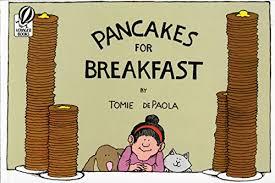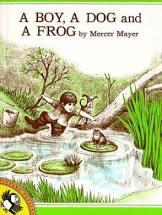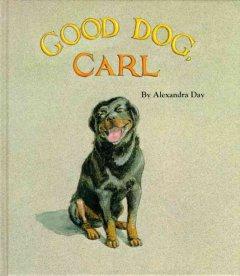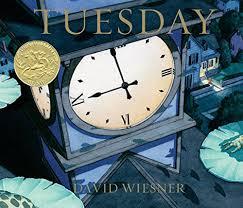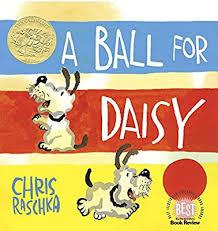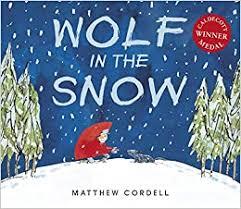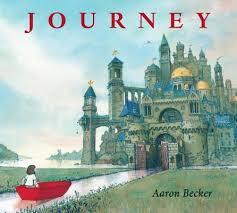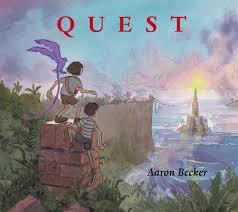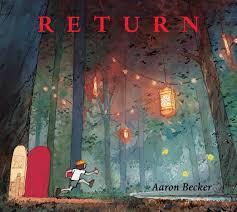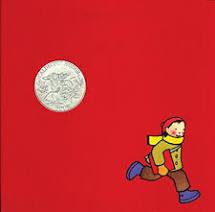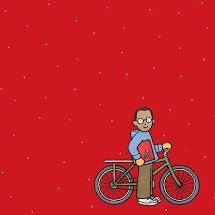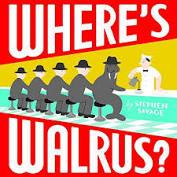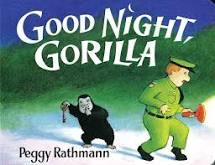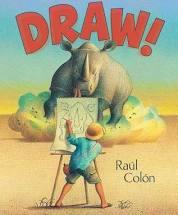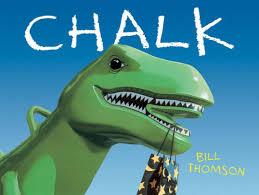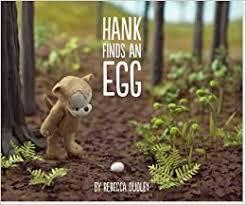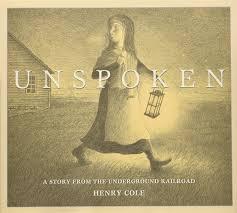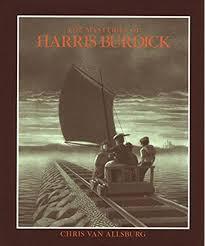Wordless picture books gives you and your child a chance to stretch your imagination. (Use the catalog subject search "stories without words" to find them.)
The Reading Rockets project says that "sharing wordless books is a terrific way to build important literacy skills, including listening skills, vocabulary, comprehension." You can explore questions like these:
"What's going on here?" (Comprehension)
"What do you think will happen next?" (Prediction)
"Why do you think that?" (Inference).
Plus you and your "reader" can pay lots of close attention to the details of the pictures. If your reader does not write yet, you can transcribe the story that emerges as you turn the pages of these books and add words to the pictures.
Here are some classic wordless books:
These wordless picture books won the Caldecott medal:
Aaron Becker created a worldess book trilogy, and Barbara Lehman created a two-book set.
Some wordless books have a good sense of humor. See David Wiesner's Tuesday, above, and these, below:
Some stories without words are dramatic and action-packed.
As with all good books, wordless books can show characters with great strength and kindness.
Wordless books are great for all ages, but middle-grade kids might especially like the imagination-charging, almost-wordless Mysteries of Harris Burdick.
You'll find many more stories without words in our catalog. If you haven't enjoyed them yet, perhaps you'll give one a try. Remember that library staff at your local branch are always happy to help.
